There is no shortage of diabetes-related apps from food, activity and glucose tracking, to diabetes coaching, medication advice, carbohydrate counting and more. But are these apps worthwhile to use?
Recently, the European Association for the Study of Diabetes (EASD) and the American Diabetes Association (ADA) Technology Working Group published a consensus report about diabetes digital and health application technology. In this paper, the ADA and EASD performed a review of stand-alone apps and found several issues related to accuracy, validity, interoperability and data security. This paper brings up many concerns about health apps including:
- A lack of regulations and standardization.
- A lack of monitoring or minimum standards as with medications, devices or other areas of healthcare.
- Limited information about the safety and effectiveness of apps.
- Few clinical trials reviewing safety and effectiveness.
- Technology issues with apps that can create bugs or problems with interoperability.
The ideal app would have information that can be easily shared with the healthcare team and integrated into the electronic medical record, without using too much phone battery. Since there is a lack of oversight of apps, there is no guarantee that the information is accurate. For example, some may have inaccurate carbohydrate counts for some foods, which can cause a person to over bolus or under bolus for a meal contributing to hypo or hyperglycemia, which then poses a safety concern.
Fortunately, the consensus statement offers some recommendations for the healthcare team, people with diabetes, regulatory bodies, professional organizations and researchers for what they can do to address app concerns. Some of these recommendations include:
- Regular oversight.
- Safety reporting.
- Maintaining a list of endorsed apps.
- Increasing data security.
They also recommend more clinical trials, although they acknowledge it’s difficult to do since apps are constantly being updated. The healthcare team and people with diabetes need adequate training on what apps are available and how to use them.
For people with diabetes, they recommend discussing the apps with their healthcare team along with giving reviews and feedback on how the apps work. The app should be a supplement to the healthcare team and is not meant to replace medical advice.
Overall, there is a lot of potential in this area, but one should be cautious when using a new app. People with diabetes should discuss health apps with the healthcare team and double-check any medical advice to verify their accuracy. Hopefully, the future will be bright as many of these recommendations are implemented and if regular oversight can be increased.


